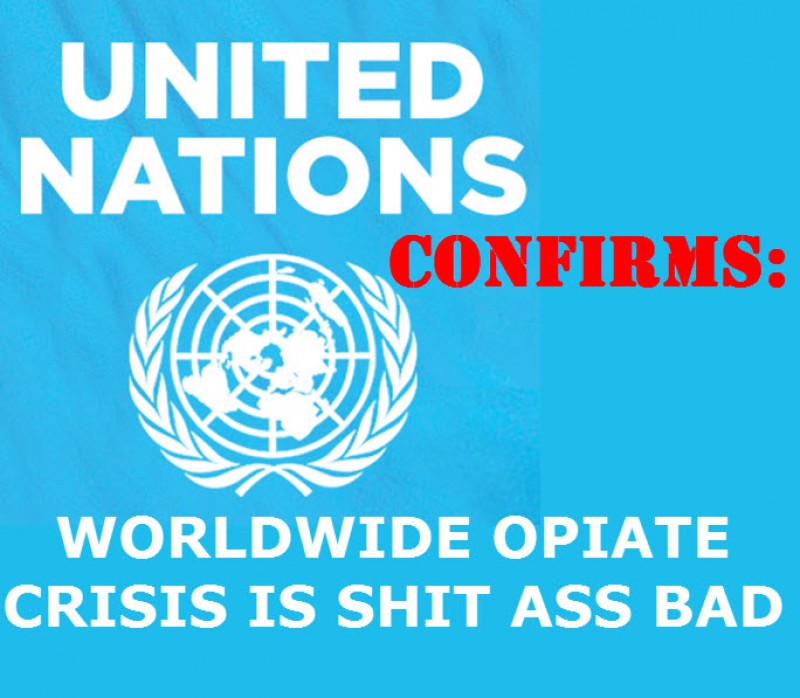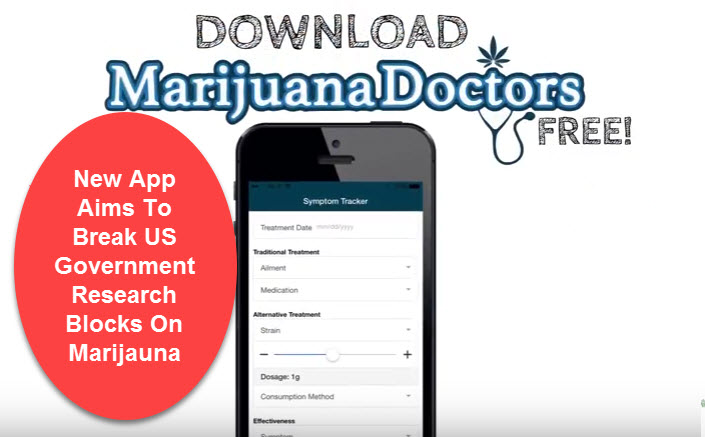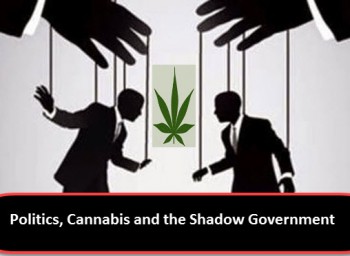Breaking News: The UN Drug Office Confirms The Gravity of the Opiod Crisis
Dear DEA, Dear Jeff Sessions, Dear Trump, and all of you anti-legalization noob heads.
Here’s some breaking news for you. The United Nations Office on Drugs and Crime (UNODC) just released the 2017 version of its World Drug report. The document includes 2015 statistics from all over the globe, but let’s focus on cannabis. Think of this report as the agency’s annual tell-all discussing illegal substances and its consumption, production, and distribution worldwide.
The report revealed some very interesting results, but the most important takeaway is the gravity of opioid use and deaths.
Other interesting facts include the its statement confirming that cannabis is the most widely used drug in the world. The UNODC estimates that 3.8% of adults used cannabis in 2015, which means around 183 million people worldwide. The report also goes into detail about the changing legal landscape for cannabis use in the United States, both for medical and recreational users. The UNODC, relying on data from the National Survey on Drug Use and Health (NSDUH), indicated that there’s been an 6.2% increase in cannabis use for those aged 12 and up back in 2002, while in 2015 this figure is now at 8.3%. The NSDUH also states that in 2015, 22 million American 12 years and up used cannabis in the past month.
However, in the European Union, 6.6% of individuals from 15-64 years of age used pot in 2015. On this side of the world, people 15-34 years old have a higher cannabis use, translating to 13.3%. The report estimates that 3 million adults, or 1% of the European population, use cannabis daily or on an almost daily basis.
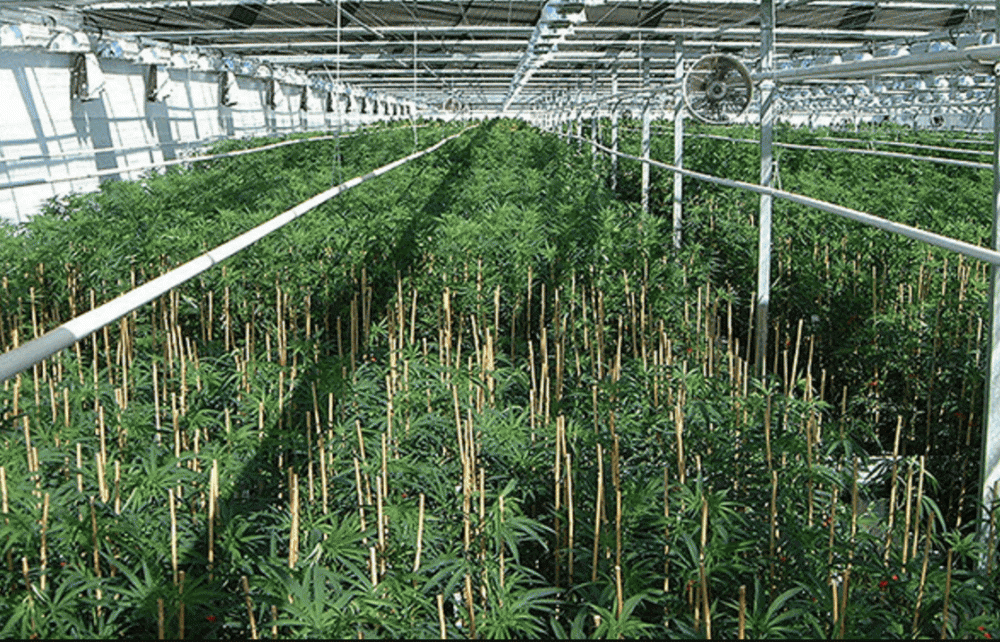
When it comes to cultivation, the report also stated that cannabis is the most widely illegally produced drug in the world. The UNODC gets its data by tracking cannabis cultivation reports in 135 countries from 2010 to 2015. Although the United States doesn’t reveal cultivation statistics, there are reports that a total of 396,620 indoor cultivations sites were eradicated and 3,904,213 outdoor sites were eradicated. That would translate to around 43,008,330 cannabis plants that were destroyed in the process because of seizures from authorities. The UNODC report also states that 6,000 tons of the actual cannabis herb, and 1,300 tons of resin are seized yearly around the world. 53% of all drug seizures in the world are cannabis, while the other drugs are opium and cocaine.
The UNODC also estimates that in 2015 there were 190,900 deaths related to drugs, and the report even says that “this is most likely an underestimate”. 25% of these drug-related deaths occurred in North America. The report also adds:
“Mostly driven by opioids, overdose deaths more than tripled in the period 1999-2015 and increased by 11.4 percent in the past year alone, to reach the highest level ever recorded. Of the 52,000 total drug-related deaths reported for the United States, those related to opioids accounted for more than 60 percent. In 2015, the death rate from synthetic opioids, increased by 72 percent compared with the previous year, whereas heroin overdose deaths increased by 23 percent over the same period.”
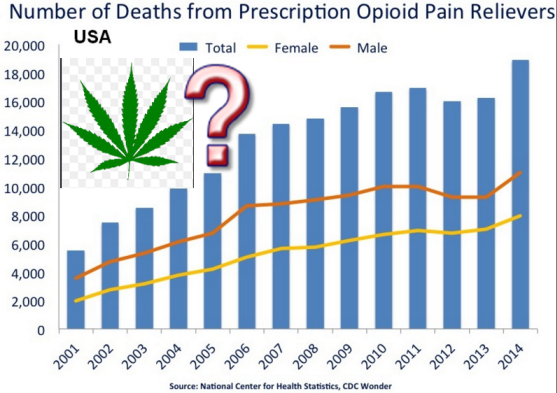
The Public Health Agency of Canada also estimates 2,458 deaths in the country due to opioid overdoses last year. This news is supported by Canada’s best doctors that using cannabis is effective in treating dependence on opioids.
The UN document also goes deep into detail about global trafficking of cannabis. The most reported cases for cannabis trafficking crosses international borders from both Mexico and Canada. However, this doesn’t mean that either country is a massive producer of the plant. The report also states that large amounts of cannabis are produced in the United States for domestic use, and not for export.
The UNODC on the Failure of the War On Drugs
The UNODC has acknowledged that the war on drugs has failed. According to Chloe Carpentier, Chief of the Drug Research Section, “sending people to jail, punishing people for minor drug offenses has not worked. In fact, it is highly detrimental. It only increases the possibility of all sorts of social dislocations [such as] violence, crimes, stigma, and also the spread of disease.”
OTHER STORIES YOU MAY ENJOY...
THE CANNABIS IQ SCARE OF 2015 EXPLAINED, CLICK HERE.

